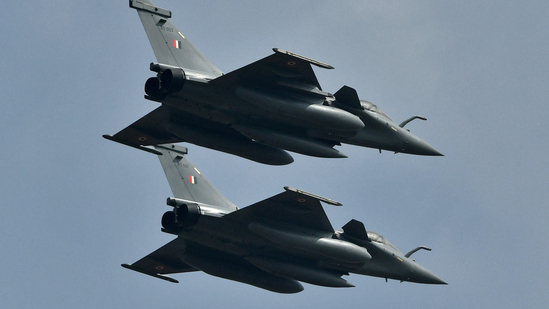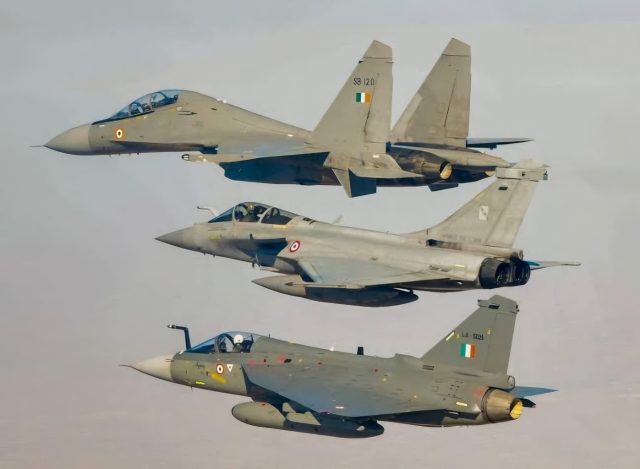In response to the recent escalation of hostilities following the Pahalgam terror attack, India launched Operation Sindoor, a meticulously planned military initiative aimed at neutralizing threats and asserting aerial dominance. This operation showcased the integration of advanced weaponry and strategic planning.
1. Akash Missile System: Indigenous Air Defense
The Akash missile system, developed by India’s DRDO, is a medium-range surface-to-air missile capable of engaging targets up to 25 km away. During Operation Sindoor, Akash batteries were instrumental in intercepting multiple UAVs and hostile airborne threats near critical installations, demonstrating the efficacy of indigenous defense technology.

2. L70 Anti-Aircraft Gun: Modernized Legacy
Originally of Swedish design, the L70 40mm anti-aircraft gun has been upgraded with digital sights and tracking systems. Deployed in vulnerable zones of Jammu and Kashmir, these guns played a pivotal role in night operations, successfully neutralizing low-flying drones and loitering munitions attempting to infiltrate Indian airspace during blackouts.

3. S-400 Triumf: Strategic Shield
The Russian-made S-400 Triumf is a long-range air defense system capable of detecting and destroying targets up to 400 km away. In Operation Sindoor, S-400 units were strategically positioned to establish a no-fly zone over Indian territory. The system effectively intercepted incoming threats, including Fatah-II missiles, ensuring the protection of key assets and maintaining air superiority.

4. Rafale Jets with SCALP and Hammer Missiles: Precision Strikes
India’s Rafale fighter jets, equipped with SCALP cruise missiles and Hammer precision-guided munitions, executed deep strikes on high-value targets. These included terrorist launch pads, command centers, and radar installations within Pakistan. The long-range capabilities of these weapons allowed for surgical strikes without breaching enemy airspace, delivering a significant operational impact.

5. Su-30MKI with BrahMos-A: Supersonic Offense
The Su-30MKI, a twin-jet air superiority fighter, has been enhanced to carry the BrahMos-A, an air-launched variant of the supersonic cruise missile. During the operation, these jets targeted strategic infrastructure across the Line of Control, including enemy radar stations and supply lines. The stand-off range of over 300 km enabled effective strikes while minimizing exposure to hostile defenses.

6. HAROP Loitering Munition: Autonomous Precision
The Israeli-developed HAROP loitering munition, or “kamikaze drone,” was utilized for Suppression of Enemy Air Defenses (SEAD) missions. These drones autonomously identified and destroyed enemy radar and communication nodes, penetrating deep into hostile territory and disrupting adversarial command and control structures.

Conclusion
Operation Sindoor exemplifies India’s commitment to a proactive and technologically advanced defense posture. The integration of indigenous systems with advanced foreign technology has enhanced India’s capability to conduct precise and effective military operations, reinforcing its strategic position in the region.
Source:-Thread Reader



















